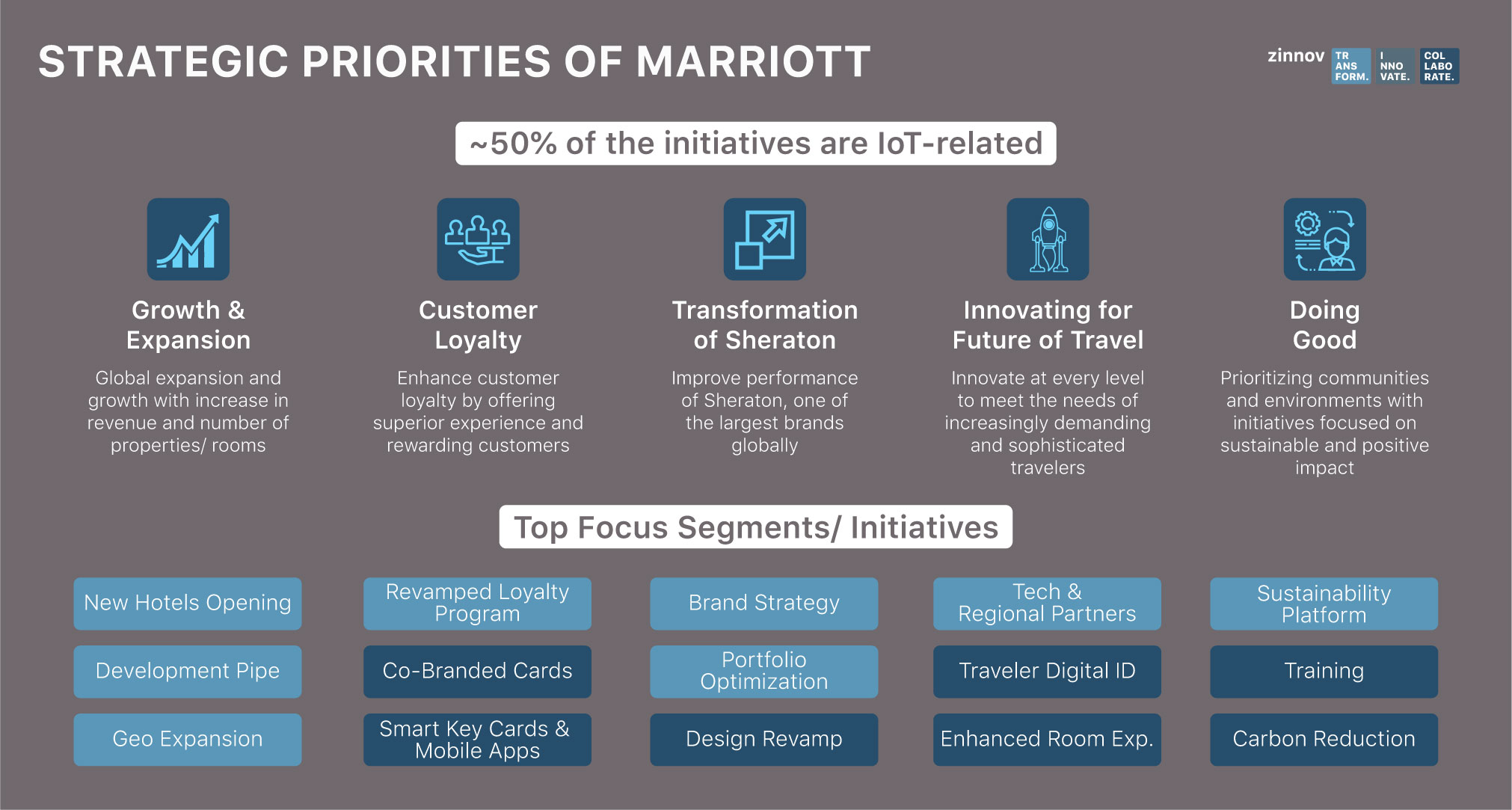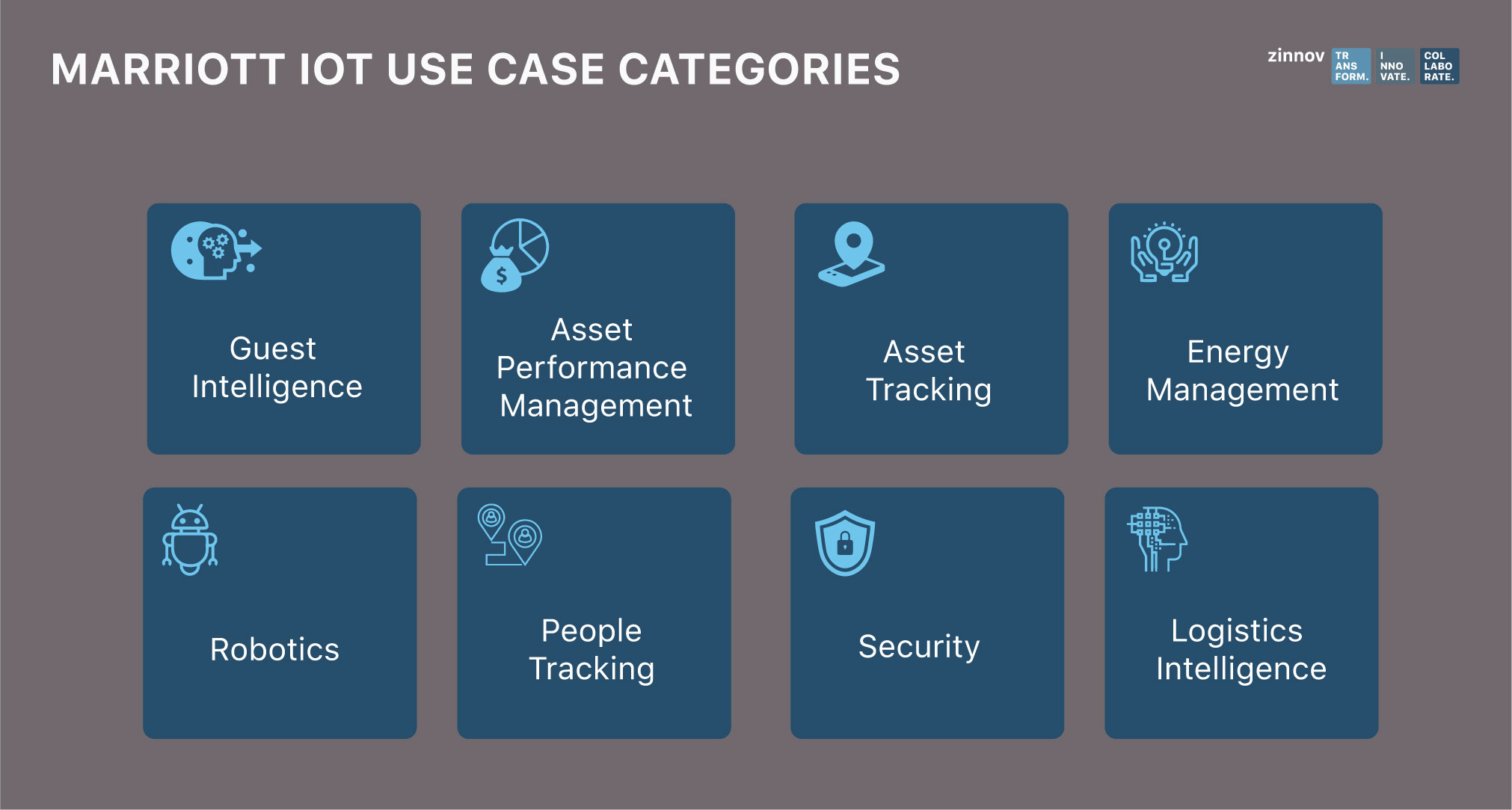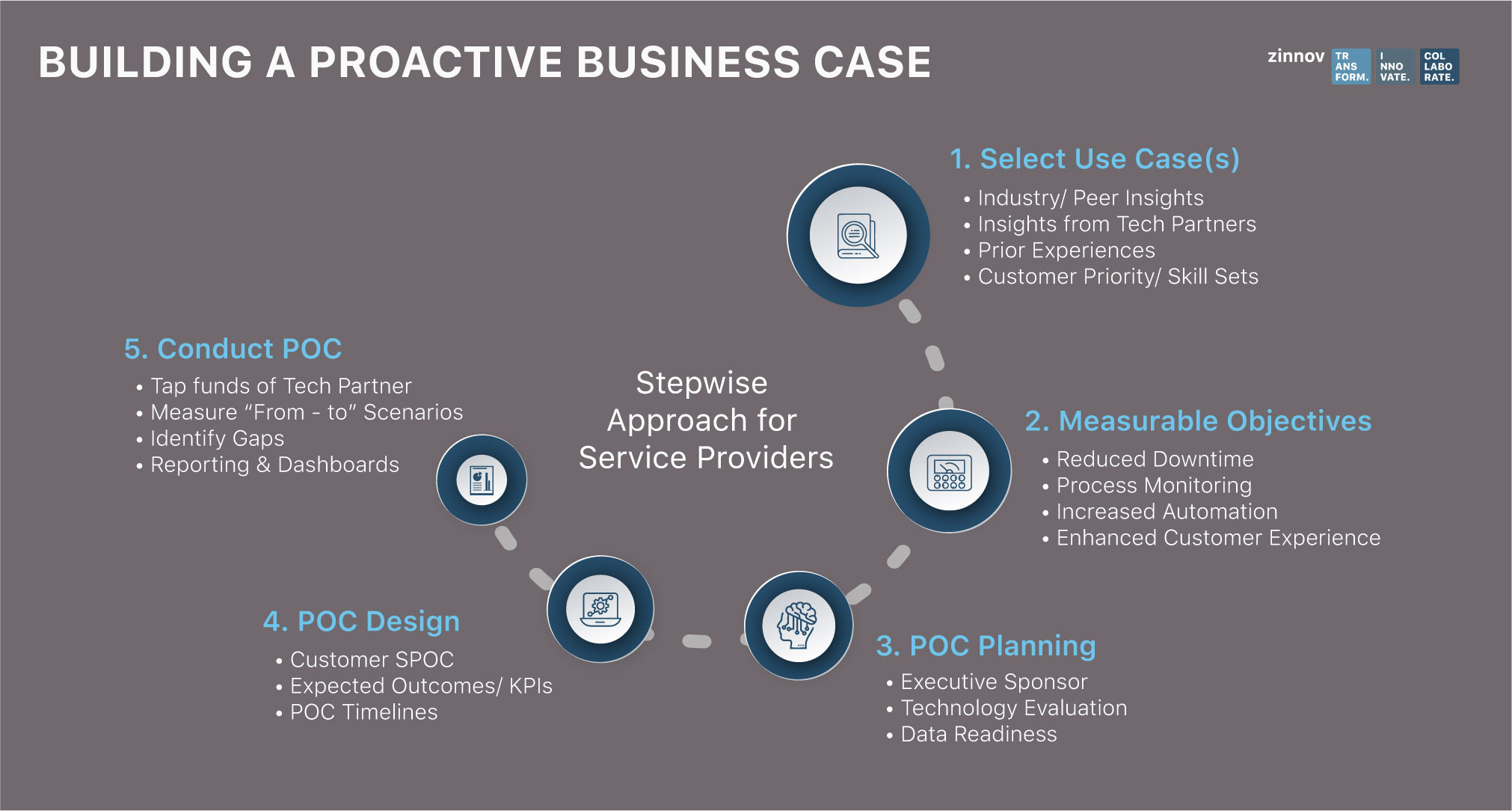|
|
The market is brimming with IOT opportunities – Service Providers need to act NOW!
What drives success versus failure? Scale? Quality? Brand Perception? Or Capability? Bill Gross, Founder of Idealab, analyzed this conundrum to conclude that it is, in fact, Timing! Timing accounted for 42% of the difference between success and failure.
Clearly, Bill Gross established the importance of acting on the available opportunity at the right time. To succeed and stay ahead of the competition, companies today need to be vigilant about the newer opportunities that are constantly emerging due to massive interest among enterprises in leveraging digital technologies and aligning their investments with technological disruptions across verticals.
Amongst the various digital disruptions that are making waves in the industry, one of the key ones is the Internet of Things (IOT). The IOT market has exploded in the last 3 years, with enterprises spending billions of dollars in exploring, testing, and deploying various IOT use cases. Several unique IOT opportunities are mushrooming at the convergence of IOT and other modern digital technologies such as cloud, mobility, artificial intelligence (AI), blockchain, and augmented reality (AR).
A case in point is Marriott, a market leader in the Hotels & Resorts industry and the largest hotel chain in the world. Marriott has identified 5 distinct focus areas to scale further, differentiate itself from its competitors, and further cement its position as the leading hotel brand globally.
Given below are the key strategic priorities that Marriott has outlined for the next couple of years.

Under these focus areas, unified loyalty programs, enhanced guest experience, training, and carbon reduction are the major areas where IOT has a role to play. Marriott is conscientiously scaling its IOT-led initiatives by forming meaningful partnerships in the ecosystem. In the past, Marriott has partnered with companies such as Samsung and Legrand to create IOT Guestroom Lab to experiment with cutting-edge digital technologies and use cases such as smart mirrors, intuitive lighting, connected showers, and Alexa devices for voice-activated controls. This is just the tip of the iceberg because Marriott is betting big on IOT as a technology that can positively impact its entire value chain.
Similarly, as other enterprises are realizing the value of IOT and scaling their IOT footprint, they are constantly looking to expand their partner ecosystem that could enable this journey and deliver measurable outcomes against the investments that they are making in IOT-based tools and technologies. For IOT Service Providers, these initiatives present a huge window of opportunity. However, Service Providers need to be quick, agile, and invested in order to gain competitive advantage and capitalize on these opportunities quickly. What they need is an ‘Emergent Strategy.’
Apart from Marriott, other companies in the Hotel & Resorts segment such as Hilton are also driving IOT programs at a significant scale. Hilton has already deployed features like keyless room entry, check-in, and check-out. Alibaba has already established the Flyzoo Hotel, an unmanned hotel in Hangzhou, China, which heavily relies on robotics and AI to run the property.
While deploying IOT initiatives, these companies are defining what is called a ‘Deliberate Strategy.’ A deliberate strategy is when enterprises and companies assess and formulate a strategy based on a definitive plan, market studies, customer needs, competitive strengths and weaknesses, the scope of growth, etc. Deliberate strategy is the product of a vision and an analytical business decision.
On the other hand, an emergent strategy is formulated as a result of unanticipated opportunities and market forces. A great example here is Walmart’s founder Sam Walton, who initially wanted to open stores in big cities, but later decided to open one in the small town of Bentonville, Arkansas, because of logistical efficiencies (and also because his wife wanted small-town living). What was initially a decision driven by small advantages, later turned out to be a brilliant business strategy that helped Walmart capture attractive small economies. This was a classic case of an emergent strategy.
In terms of what is happening in the IOT market currently, enterprises across industry verticals are creating deliberate strategies to leverage IOT-related tools and technologies and deploy various IOT use cases like Marriott. These deliberate strategies by Enterprises have presented a plethora of opportunities and an emergent strategy for Service Providers. To capitalize on these opportunities, IOT Service Providers need to assess the opportunity, validate its potential, and further take subsequent decisions to convert this emergent strategy into a deliberate one that will provide sustained growth momentum in the long term.
Service Providers need to proactively look for these opportunities and devise strategies to tap into them. If we look at all the IOT use cases that Marriott could potentially deploy (illustrated in the visual below), there’s a plethora of untapped opportunities across segments like Asset Tracking (such as Linen Tracking, Meals Tracking, etc.), Asset Performance (such as Sprinkler Systems, etc.) as well as People and Logistics Tracking. Hence, IOT Service Providers, need to proactively look at the current adoption levels of IOT across focus segments and within specific target accounts, get an understanding of the trends, and draw a roadmap to enable higher-order maturity with respect to their IOT investments.

Further, Service Providers also need to be cognizant of the buy centers – stakeholders who make or influence the IOT-related decisions in an enterprise. IOT decisions are increasingly being made by LOB (line of business) and operations stakeholders, hence Service Providers who target large enterprises must be aware of this and identify the right set of stakeholders to target accordingly. In the case of Marriott, IoT-related decisions are taken by CXOs, operations, BU heads, and regional influencers as well. More often than not, Service Providers are focused only on the CIO and CTO organizations, while other relevant stakeholders such as operations, regional leaders, etc. are ignored. Hence, Service Providers need to proactively identify empowered stakeholders who own global programs and make decisions on digital transformation investments, to be able to pursue the impending IOT opportunities.
Once Service Providers gain insights on the strategic business priorities, IOT use case adoption, and the relevant buy centers, they must enable the building of business cases for IOT investments for the target customers.

With our years of experience in working with enterprise customers, Zinnov has designed a stepwise approach to build a proactive business case:
The iron is hot – IOT services market stands at $ 5 billion today, and there hasn’t been a better time for Service Providers to tap into the vast pool of opportunities that IOT offers. However, time is of the essence. Service Providers need to act quickly and scale fast to be able to form meaningful partnerships.
The Marriott case study was only a glimpse of initiatives enterprises are undertaking in terms of experimenting with and deploying new-age technologies such as IOT. Hence, a thorough understanding of the target customers’ priorities and focus is extremely important for Service Providers to align their IOT journey with that of their customers’. As enterprises continue to explore innovative use cases, Service Providers must be ready to offer services around the newer use cases with deliberate strategies, albeit keep an eye on the emergent strategies that may be required.
As Marc R. Benioff, Chairman and CEO, Salesforce, says, “Speed is the new currency of business,” THE TIME IS NOW!